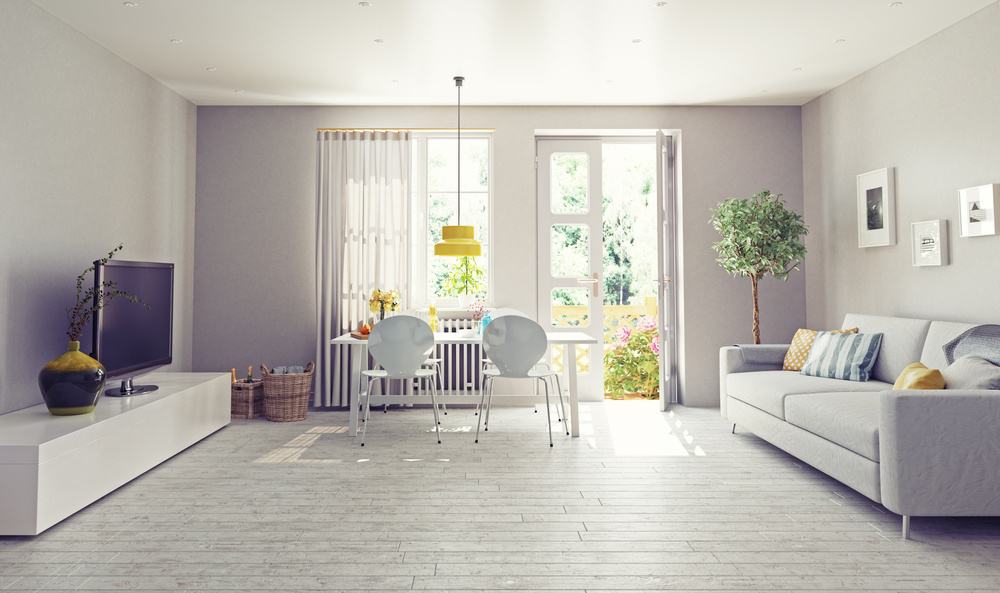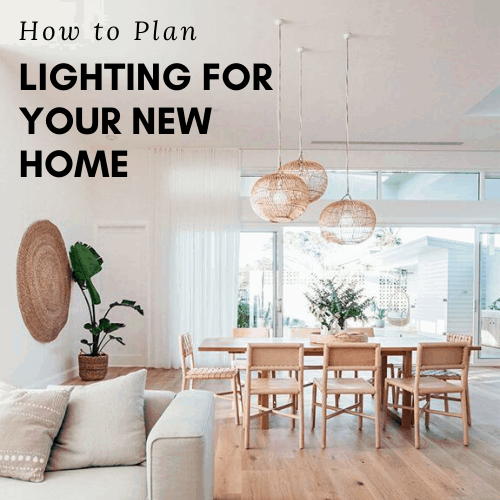
Photo Credit: Pinterest
Seeing your new home complete and ready to be turned over to you is one of the best feelings in the world. It could perhaps be the finest you will receive and every side of it will reflect your triumphs in life. Well of course, this doesn’t come for free. For every great thing inside your house is surely an expense on your part. So imagine if you’ve spent a lot on your home by utilizing high-end tiles, opting for top of the line appliances, installing complicated cove ceilings, yet you are still unsatisfied with how things turned out. In some cases, one thing that is always forgotten but has a very big influence on the outcome of a house is lighting.
Most of the time, even if you have a limited budget but you give priority on lighting, there is a very big chance that your house can still look splendid. This is why planning lighting for your home is important.
Here are five steps you can do to plan the lighting of your home like a professional.
I. SET A THEME OR DESIGN TYPE
It is essential to acknowledge the importance of lighting in interior decoration. After all, without light, nobody will see your interior design once the sun has set. But besides illumination itself, lights can also be used to set the mood and enhance the design of your home. It is then imperative to make good lighting choices by consciously planning lighting as part of the interior decoration, and not just as a mere secondary thought. In order to make this process easier, you must set a theme first.
The most popular and common interior design themes that you can choose from include but are not limited to the following:
- Modern
- Contemporary
- Minimalist
- Industrial
- Scandinavian
- Rustic
- Bohemian
However, if you already have an existing home and you just want to remodel, the best thing to do is to let your furniture guide you. Note that your furniture and fixtures should complement your lighting and vice-versa. Consistency is the key, as they say. By having a theme, you are able to provide your space a character and atmosphere while creating a sense of balance in your surrounding.
II. LEARN THE BASICS: LAYER LIGHTING
Once you know what to light, you can then decide what lights to install to your home. In interior design, the basic principle is to layer three types of lighting- general lighting, accent, and task lighting.
1) Ambient Lighting
General Lighting more popularly referred to as ambient lighting is basically the general illumination of your home. It is more on the function rather than the design. It is about providing a comfortable level of brightness for your home with or without the presence of natural light. There are some homes that only have ambient lighting because it can already provide light. However, this is not a good practice if you want to plan your lighting well. Among the fixtures that provide general lighting are:
Pendant Lights
Ceiling Fixtures
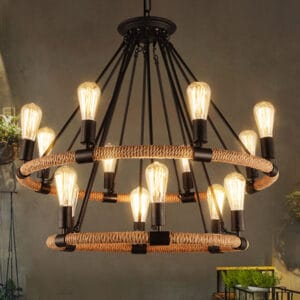
Get this look: Makani Rope Rings Hanging Chandelier
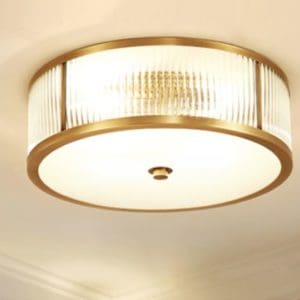
Shop above: Tammika Vintage Brass Drum Ceiling Lamps
2) Accent Lighting
Accent Lighting, also referred to as highlighting, is concerned with providing focus on a particular area or a specific object. If you want something in particular illuminated like an artwork, photographs, displays, pottery, plants, and the like, you can provide accent lighting. This is also where decorative fixtures like chandeliers (when used more as a decor than to provide main light), pendants, and linear lighting fall under.
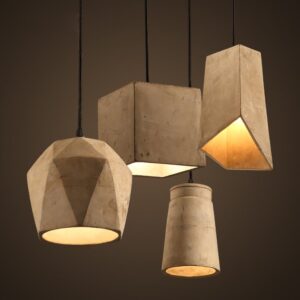
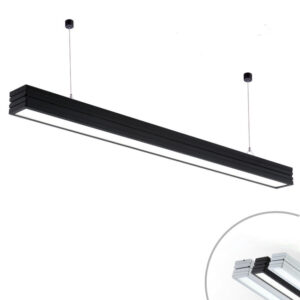
Above: ERNST Simple Cement Pendant Lamp and Rectuna Linear Rectangular Hanging Lamp
3) Task Lighting
Task lighting on the other hand will allow you to appropriate light sources where it is needed the most. It is designed to you help you on a particular task such as reading or cooking. It is basically installed to help make your activities easier. Task Lighting fixtures include:
– table lamps
– desk lamps
– floor lamps
When you combine all these types of light correctly, you can then say that you have a well-lit and well-rounded home.
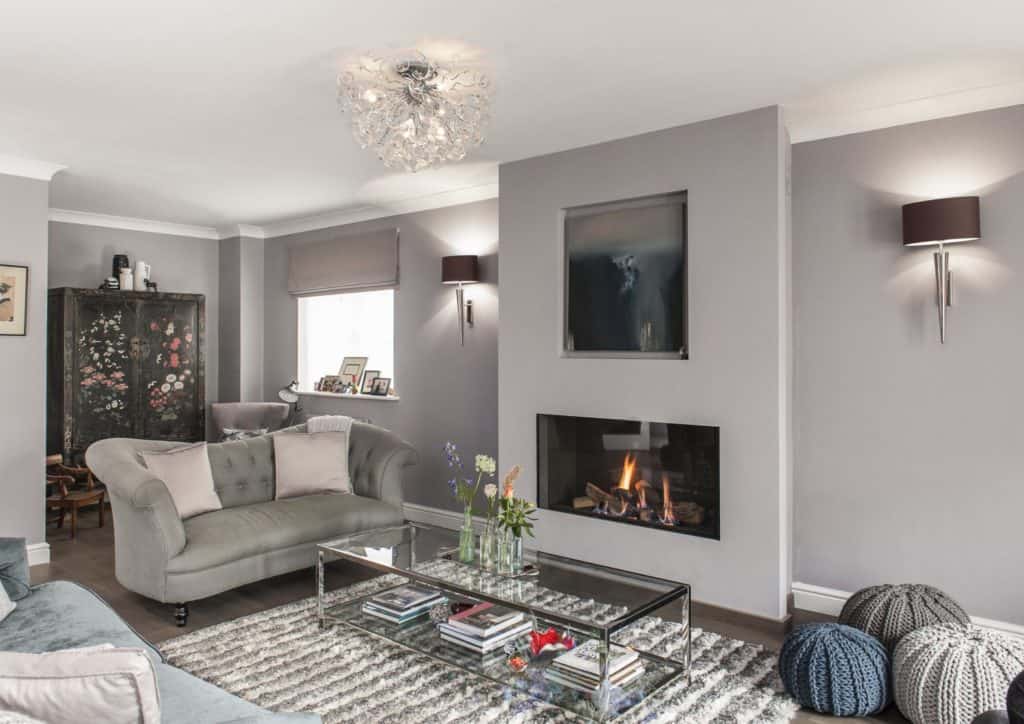
Photo Cr: Priceless Magazines
III. KNOW WHAT TO LIGHT
In order to achieve good lighting, you should be able to differentiate the function of each room and even go deeper as to the function of a particular space in a certain room. The purpose of knowing all these is to figure out the possible uses for every room in your home. You have to breakdown all the activities that could happen in a certain room.
For example, in the bedroom, you can sleep, relax, watch TV, and read books. Hence, you need to have a light that will allow you to read a book. You can also add cove ceiling with indirect lightings for a good feel while you relax and watch TV.
In the kitchen, you prepare food, bake, or sometimes eat. Thus, you need to provide light for the kitchen counter and the kitchen island. You can also add under cabinet lights like strip lights to add design and set the mood. This is a great example of a well-designed lighting plan- good ambient lighting with the right touch of task lighting and also mixed with creative accent lights.
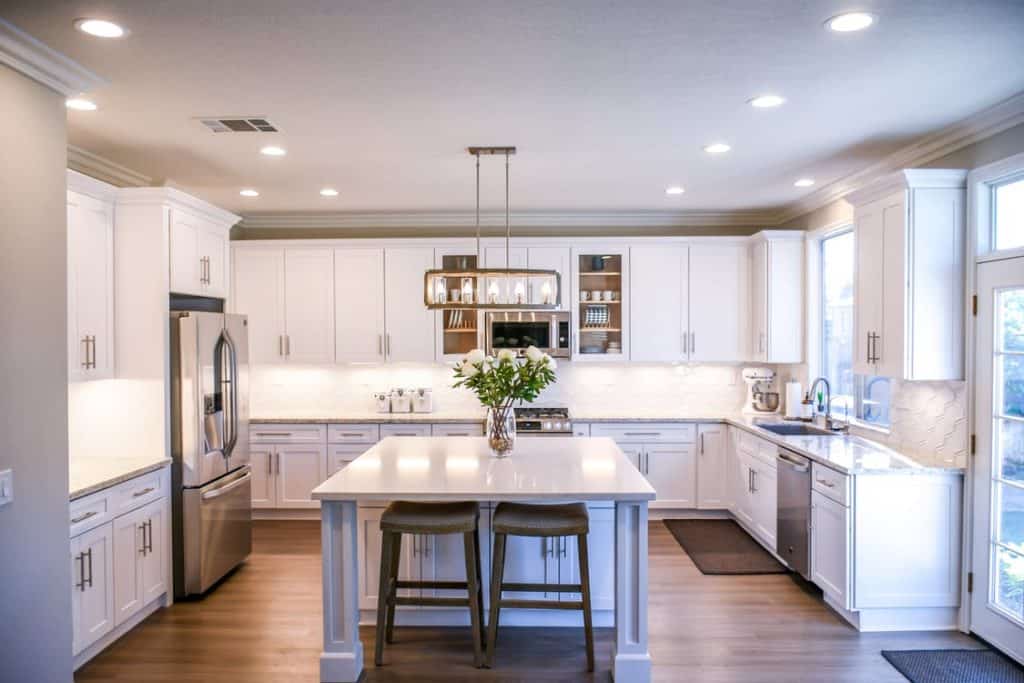
PhotoCr: Pexels
Do this for all rooms while keeping in mind the three types of lighting – ambient, accent, and task lighting. Knowing the function of each room will make it easier for you to provide proper lighting.
IV. START WITH THE OBVIOUS –STATEMENT LIGHT
When your theme is set and you have visualized what you want your home to be like, it is now time to choose the first light for your home. The first light is what we like to call the statement light.
This is expected to define your space as it is the most visible item on the upper portion of your house and should easily catch the attention of the guests. Most of the time, it is a chandelier or a modern pendant light that will do the trick. Without a doubt, this could also be the most expensive lighting you will purchase.
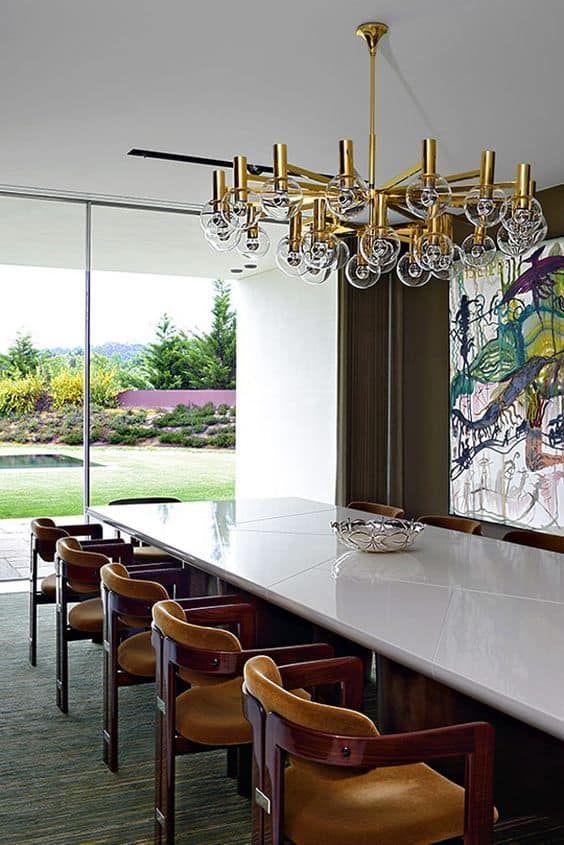
PhotoCr: Plastolux
V. COMPLETE THE LIGHTS, BE CREATIVE
Once you have set your statement light, you can now choose the remaining lights. Remember that you should aim for consistency. The rest of the lights that you pick should be in the same style of your statement light, or at least something that will complement it altogether. By having the statement light, your options for the rest of your lights are now trimmed down, making it easier for you.
At the same time, you can also be creative. You may think outside the box. For example, you can use a pendant as a bedside lamp. It’s quite odd but it serves the purpose and it’s visually pleasing. However, always contemplate on the fine line between creativity and consistency. Basically, you can be creative with the functions of lighting but be firm on the consistency of design of your lights.
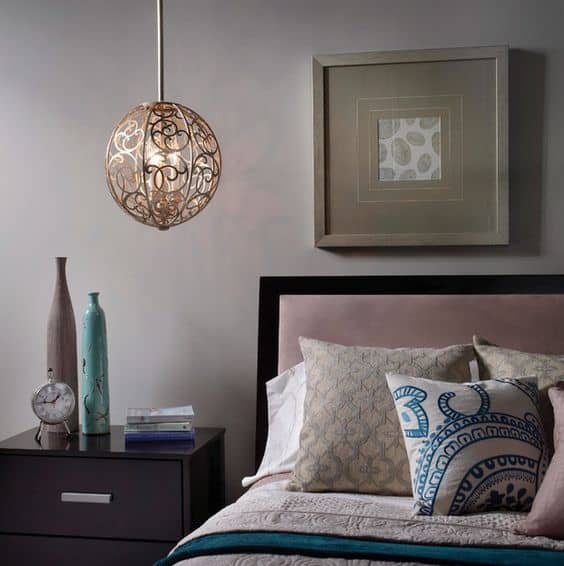
PhotoCr: Pinterest
Some other Tips and Recommendations:
Know the Latest Technologies
Always familiarize yourself with the latest technology on lighting. These technological advancements could aid you in making tasks convenient and sometimes cost-efficient. Take for example the wireless lighting system. From your smartphone, you can easily control your lighting even if you’re out of your home. Also, the use of LED lighting can help you reduce your electrical consumption.
Know the Lighting Lingo
You should also learn the languages of lighting. Commonly used terms in lighting are watts and kilowatts. But when it comes to buying your light bulb, you also have to know about lumens and life hours. The former measures the amount of light that a lightbulb produces. If you want to have an idea, 500 lumens is more or less 40W of a classic lightbulb. The latter on the other hand is the average lifespan the bulb could last.
Know the Lighting Requirements of your Room
Obviously, bigger rooms will need more light than smaller rooms. But what amount of light will you need exactly for a particular space? First, get the dimension of the room you want to light in meters. If it’s a regular shaped room like a rectangle, you multiply the length and the width and the area in square meters will be obtained. With safety factor, allow roughly 20-25 watts (250-300 lumens) per square meter of your room. The light doesn’t have to come from a single source. For example, it could be one main ambient lighting such as a chandelier and four small ambient lighting like recessed pin lights. It can also be a mix of all three types of lighting.
Conclusion
Planning stage is sometimes the most difficult part of construction. It will be the backbone of the project and will dictate the flow of operations. It can be particularly hard to plan lighting because of the abundant choices present in the market. It is not as easy as simply mixing and matching, instead there should be a process to be followed. There are also rules to be done in order to be consistent and safe. To effectively plan lighting for your new home, follow the said steps while keeping in mind the importance of consistency and everything will turn out great. You can of course reach out to lighting professionals like us to help provide you with lighting advice and lighting consultation to create an functional and aesthetically pleasing home you well deserve.
